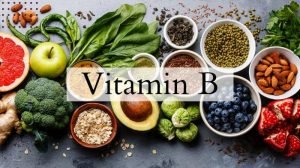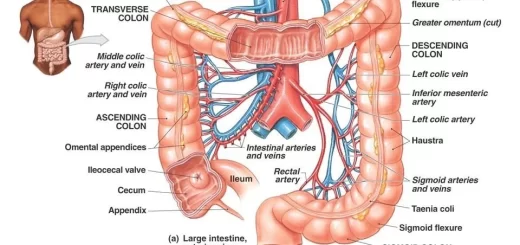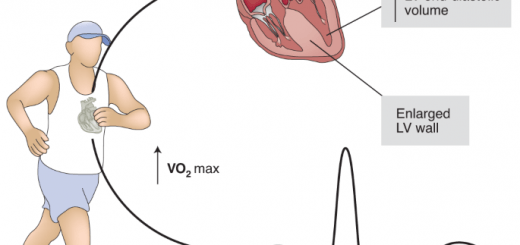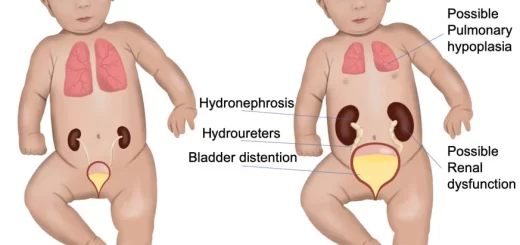Benefits of taking Vitamin B complex and vitamin C, sources of Vitamin B6, Biotin and Lipoic Acid
B vitamins maintain good health and well-being, and they have a direct impact on your energy levels, brain function, and cell metabolism, B vitamins are important for those who are pregnant or breastfeeding, B vitamins help in fetal brain development, and they reduce the risk of birth defects.
Vitamin B complex
Vitamin B complex is a supplement that delivers eight of the B vitamins: B1 (thiamin), B2 (riboflavin), B3 (niacin), B5 (pantothenic acid), B6 (pyridoxine), B7 (biotin), B9 (folate), and B12 (cobalamin). they can prevent infections and help support or promote: cell health, growth of red blood cells, energy levels, eyesight, brain function, digestion, appetite, proper nerve function, hormones and cholesterol production, cardiovascular health, and muscle tone.
Pyridoxine (Vitamin B6)
Chemistry: Vitamin B6 consists of 3 closely related pyridine derivatives pyridoxine, pyridoxamine, and pyridoxal. All 3 have equal vitamin activity and are naturally occurring forms of vitamin B6.
Functions of Vitamin B6
All forms of vitamin B6 are absorbed from the intestine. Most tissues contain the enzyme pyridoxal kinase which catalyzes the phosphorylation by ATP of all forms of the vitamin to their respective phosphate esters. Only pyridoxal phosphate and pyridoxamine phosphate are active as coenzymes. Pyridoxine coenzymes function in a large number of different enzymatic reactions, the most common types of these reactions are:
- Transamination reactions.
- Decarboxylation reactions of amino acids, Thus, it is required for the synthesis of some neurotransmitters.
- Coenzyme for non-oxidative deamination of senine and threonine by dehydratases.
- Threonine aldolase reaction.
- Synthesis of ō-amino levulinic acid, a precursor of heme.
- The generation of niacin from tryptophan, hence pellagra is a frequent accompaniment of pyridoxine deficiency (vitamin B6 is the coenzyme for kynureninase).
- Biosynthesis of sphingosine from serine and palmitoyl-CoA.
- Pyridoxal phosphate is an essential component of the enzyme glycogen phosphorylase (hence it is essential for energy production).
Deficiency of vitamin B6
- Being essential for the synthesis of some neurotransmitters, its deficiency causes peripheral neuropathy and convulsions.
- Being essential for heme biosynthesis, its deficiency causes anaemia.
Biotin
Chemistry: It is a heterocyclic sulphur-containing vitamin, consisting of fused imidazole and thiophene rings.
Functions of Biotin
The active form of biotin, biocytin, is formed by an enzyme called holocarboxylase synthase which binds biotin to a lysine residue in the carboxylase enzyme, Formation of biocytin is essential for a number of carboxylases that catalyze CO6-fixation or carboxylation, Examples of these biotin-dependent carboxylases:
- Acetyl CoA carboxylase which converts acetyl CoA to malonyl CoA, an important step in the extramitochondrial biosynthetic pathway for fatty acids.
- Pyruvate carboxylase which converts pyruvate to oxaloacetate, an important step in the gluconeogenic pathway and for replenishment of the citric acid cycle.
Deficiency of biotin
Deficiency can be induced in animals by feeding them oral antibacterial drugs, thus reducing intestinal flora. Biotin deficiency has been produced in man by a low bootin diet containing large amounts of raw egg white, which contains heat-labile protein avidin, that binds biotin in a non digestible form preventing its absorption. The symptoms that occurred were: fine scaly desquamation of the skin, anaemia, anorexia and nauses.
Lipoic Acid (thioctic acid)
Chemistry: It is 6,8-dithio-octanic acid, i.e. it is sulphur containing vitamin. It occurs in two interconvertible forms; an oxidized form with a cyclic disulfide and a reduced open chain form “dihydrolipoic acid” with two-SH groups at the 6th and 8th positions.
Sources of lipoic acid
It is found in many biological materials including yeast, liver and red meat. Also, it is found in potatoes, beets, spinach, carrots and sweet potatoes.
Functions of lipoic acid
- It functions as one of the coenzymes in the oxidative decarboxylation of pyruvate and other α-ketoacids (acyl carrier and hydrogen carrier).
- It is one of the potent antioxidants in the body as it plays a role in getting rid of free radicals.
Deficiency: Peripheral neuritis.
Other Water Soluble Vitamins
Vitamin C (L-ascorbic acid)
Chemistry:
- It is Υ-lactone of sugar acid.
- It is a strong reducing agent.
- It contains an enediol group from which the removal of hydrogen produces dehydroascorbate. Both forms; ascorbate and dehydroascorbate are physiologically active and are found in body fluids.
- Oxalic acid is a catabolic product of ascorbic acid oxidation.
- It can be synthesized from glucose (by the uronic acid pathway) in all animals except human and guinea pig.
- It is easily destroyed by cooking. Freezing has no deleterious effect upon this vitamin.
Sources of Vitamin C
Fresh fruits and vegetables are excellent sources:
- Fresh fruits e.g. orange, lemons, melons and berries.
- Leafy green vegetables and tomatoes.
Functions of Vitamin C
L-ascorbic acid is the biologically active form, but the stereoisomer, D-ascorbic acid, is not.
I. Ascorbic acid is a hydrogen carrier acting as a cofactor for certain enzymatic reactions for example:
- Enzymatic hydroxylation of proline to hydroxyproline in collagen. Thus, it is essential for maintaining the normal intercellular material of cartilage, dentine, and bone and for the integrity of the capillary wall.
- It plays a role in tyrosine metabolism.
- It is required for the hydroxylation reactions involved in the synthesis of some corticosteroids.
II. Ascorbic acid has other important properties as a reducing agent, which appear to be non-enzymatic, for example:
- It aids in the absorption of iron by reducing it to the ferrous state in the stomach.
- It enhances the utilization of folic acid by aiding the conversion of folate to tetrahydrofolate.
III. Ascorbic acid appears to be a biologically important antioxidant, reducing the risk of cancer when present in adequate amounts in the diet.
Deficiency of Vitamin C
Severe deficiency results in a disease termed scurvy which is characterized by:
- Looseness of teeth, inflammation of gums (gingivitis), and bleeding from gums.
- Subcutaneous hemorrhage.
- Anaemia (iron deficiency anaemia results from hemorrhage coupled with defects in both iron absorption and folate metabolism).
- Defect in bone formation.
- Increased susceptibility to infections.
You can download Science online application on google play from this link: Science online Apps on Google Play
Serine function, Tyrosine, tryptophan, Pellagra (Vitamin B3 Deficiency) & Nucleotide metabolism
Vitamins types & function, Sources of vitamin A & Deficiency of vitamin E
Water soluble vitamins, Vitamin B complex benefits, side effects, sources & deficiency
Mineral metabolism, types, disorders, function of Sodium and Potassium
Function of Calcium, phosphorus, Copper, Zinc and Iodine in human body




